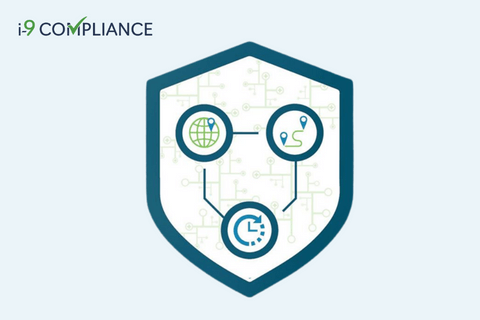DHS Publishes 2022 Year in Review

January 11, 2023
The year 2022 has proven challenging for the United States. For example, the Department of Homeland Security (DHS) addressed many problems with ransomware, cyberattacks, and increased targeted violence. On top of this, the U.S. has also involved itself with the increased violence in Ukraine and the influx of migration in this hemisphere.
Throughout all of this, the DHS has worked hard to address these problems. For example, Secretary Alejandro N. Mayorkas introduced twelve mission-specific and organizational priorities in April. In addition, Secretary Mayorkas stated intentions to “better prepare for, prevent, and respond to these diverse threats and challenges.”
He also claimed, “The capabilities of the United States Department of Homeland Security have matured and increased to meet the challenges our country faces.” This announcement will prove crucial for the many employers still facing labor shortages. The secretary also stated that the DHS made significant progress in this year’s twelve priorities.
Here is a list of some progress made that may prove important to employers.
- “In coordination with the Department of State, USCIS used more than 281,000 employment-based visas in FY 2022, twice the typical statutory annual allotment, helping to address an acute labor shortage in the U.S.
- USCIS provided nearly 142,000 supplemental H-2B seasonal non-agricultural temporary worker visas, including tens of thousands set aside for El Salvador, Guatemala, Honduras, and Haiti nationals.
- DHS and the Department of Justice began implementing a new rule on asylum processing in May to make it more efficiently adjudicate claims. Early results are promising: under the new process, the median time from filing to completion is 45 days compared to several years under the former.”
- “DHS fought to preserve and fortify Deferred Action for Childhood Arrivals (DACA) in the courts and codified the 2012 DACA policy in USCIS’ regulations to protect DACA recipients to the fullest extent possible as the nation awaits Congressional action to provide permanent protections for Dreamers.”
The DHS and USCIS have taken steps to improve their services. Such efforts include an increased number of available employment-based visas, which helps businesses depending on these workers. In addition, both agencies have assured the public that they will continue improving their service to address the significant labor shortages companies still face.
Businesses that hire foreign workers must remember to complete the employment eligibility verification (Form I-9) process. This step can prove complicated due to the frequently changing regulations and many documents these employees may present. The best way to ensure compliance when completing Form I-9 is to use an electronic I-9 management system. This system guides employers through the process and safely stores the forms and accompanying documentation.
There’s a more efficient way to verify your employment eligibility I-9 Compliance makes things easier on your end with automation. Start today.